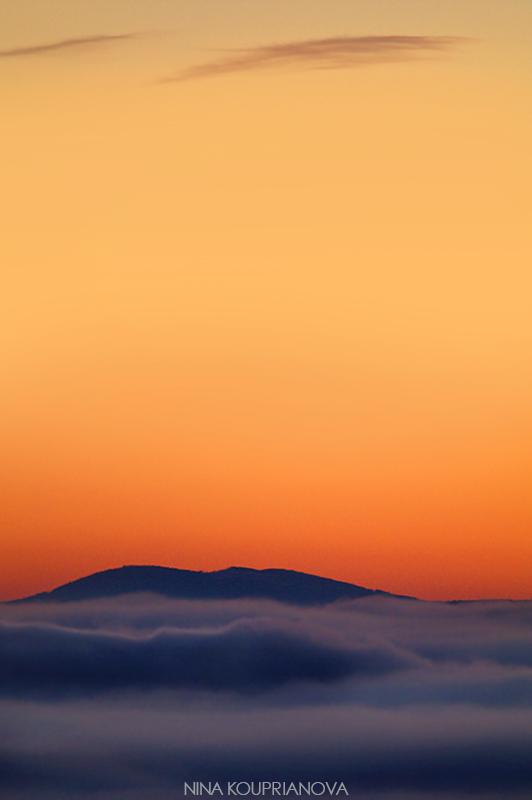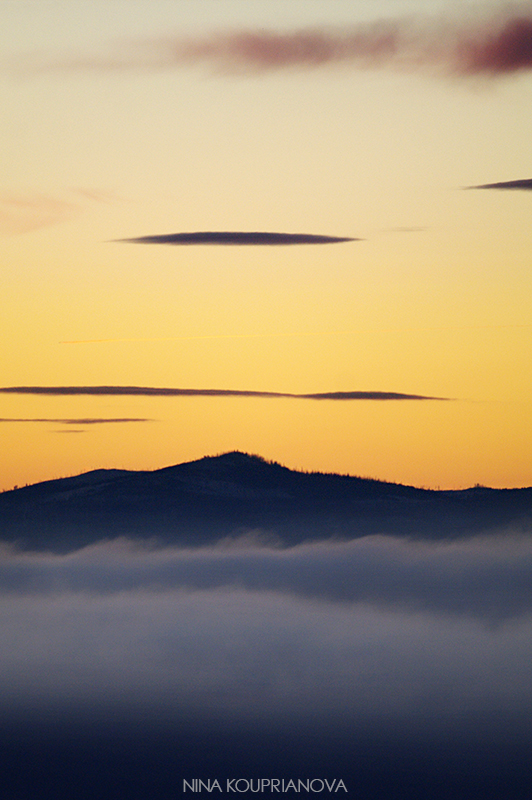Many Moons ago, when I was a naive and haughty (now I'm cynical and haughty) undergraduate university student, 35 mm photography was one of my Fine Arts majors.
Naturally, we started our studies with black and white, everything from setting up a photoshoot to developing film and printing images in the dark room. To me, black and white seemed perfect. After all, not only was I haughty, but I was also an underground metal girl, wearing black leather, offensive black band t-shirts, and black knee-high boots. I even tinted my already dark hair to look even darker.
My heart is still blackened! Just kidding.
And so I photographed trees that looked like the Darkthrone logo and all kinds of artistically blurry gloom and doom.
And then...
Love strikes you when you least expect it.
This is exactly what happened with the introduction of 35 mm color photography, as my studies progressed.
Color balancing in the dark room took around an hour for each color photograph. Color photo paper was expensive, to boot, and I cringed every time I had to expose and print another test when the CMY balance wasn't quite right.
Most expensive of all was the tungsten-balanced film for indoor photography. I remember it being around 10 dollars a roll at that time. That's a lot for student if you consider that every photoshoot involved 2-3 rolls to get that perfect image. But this also made it more exciting: walking into a store, requesting several rolls of that special film, not the regular kind that made human skin look too yellow under indoor lights, and envisioning oneself as a total professional.
It certainly contributed to my feeling haughty in one vicious circle of haughtiness!
Nowadays, I still prefer color in digital photography, even though much of the imagery toward which I gravitate is dark in atmosphere and suitable for black and white. And my experience with 35 mm is, perhaps, one of the reasons why I want my own photographs to project the colors found in Nature as closely as possible.
Even when they seem impossible.



